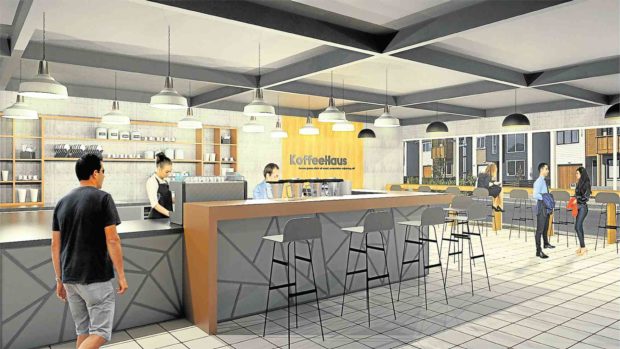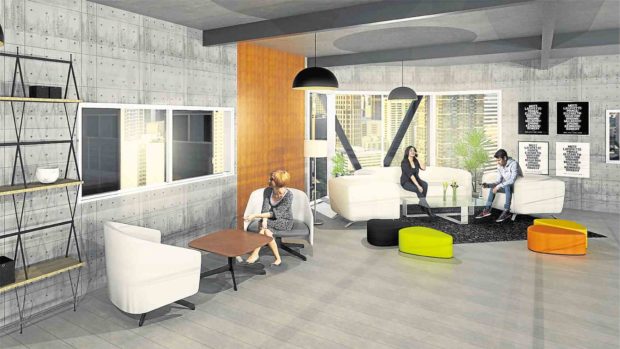How millennials occupy, use space

Their affinity for technology shapes the way they work and live. They also set new standards in various industries with the use of social media platforms to express opinions and experiences wherever they go.
Like previous generations’ canons of utility and beauty, the millennials’ intricacies of instantaneousness and virtual worlds have started to influence architecture and design as well. But how do millennials occupy and use space differently? Let’s find out.
Working space
When it comes to working space, millennials prefer the more engaging activity-based environment as opposed to the usual functional-based office plans. From the common one-table-per-employee setup, they are inclined to prefer having multiple employees working on one table as often seen in co-working settings, as this provides more avenue for social interaction and collaboration. Millennials desire the open layout, which allows them to share one table (with charging stations to power devices) and easily exchange information with their peers.
Personal space
Upcoming apartment communities are now focusing on the more diverse but commonly used amenities rather than the appeal of larger cuts or unit sizes. Most millennials would be happy to exchange their 50-sqm studio units for a community that may provide smaller bunks, but boasts of various activities held in common areas like a rooftop deck or dining terrace. Another appealing design aspect for millennials is the flexibility of doubling personal spaces into photographable work-at-home spaces.
Getaway space
Millennials tend to prefer contemporary dwelling spaces prepped with smart technologies and readily available information network. Hotels are now developing rooms and lobbies equipped with smart technologies and 24/7 connectivity. For hoteliers looking to build a loyal following among the millennial generation, a well-thought-out, technology-oriented design concept is a must. A recent study showed that while 82 percent of millennials prefer experiencing a new hotel each year, a significant 42 percent will return for a great design experience.
Social space
More than 10 percent of luxurious, mid-scale and upscale properties have come up with communal rooms with creative living spaces to address the millennials’ demand for gatherings and love of bizarre discoveries. Many hotels are now gradually eliminating traditional lobbies in favor of unique and open communal themes to promote a brand name. Millennials also prefer residential buildings with distinctive communal features such as connecting benches, thematic surroundings, art walls, party lights, interactive architectural elements and some peculiar view of the city.
Shopping space
Since millennials depend largely on digital technology nowadays, the commercial developers must reframe the traditional shopping malls with e-commerce integration and fulfillment services. Millennial consumers shop for experiences and not just for products. The rising demand for health-and-wellness sessions, cooking classes and makeup tutorials means that retailers and other entrepreneurs are starting to realize the presence of millennials. Some shops even offer learning zones to attract the millennial consumers and retailers. For example, a sporting-goods store with a fitness studio program allows young consumers to try out the products.
Entertainment space
Responding to emerging technologies such as virtual reality and participative experiences will be key to providing a successful entertainment experience. Restyling entertainment hubs like movie theaters, theme parks and gaming parlors as interactive zones with virtual-reality content and immersive experiences wherein millennials become part of the context is what fulfills an overall entertainment experience.
Dining experience
Food delivery services and quick-service restaurants are upscaling interior and technology applications to meet millennials’ dining demands. Millennials assess online reviews using food-focused digital platforms to choose a restaurant’s ambiance or for ordering. As a response, many restaurants and bars nowadays consider witty placemaking with pick-up areas, waiting lounges and self-ordering smart devices to enhance new dining spaces from farm-to-table courtyards, on-the-go counters, and “cook your own food” themes.
While millennials are challenging lifestyle trends with behaviors influenced by digital adoption, they are also upgrading the use of traditional spaces.
Hoteliers, developers and other building industry professionals must now look for creative ways to better design spaces for the fastidious but technology dependent culture.


